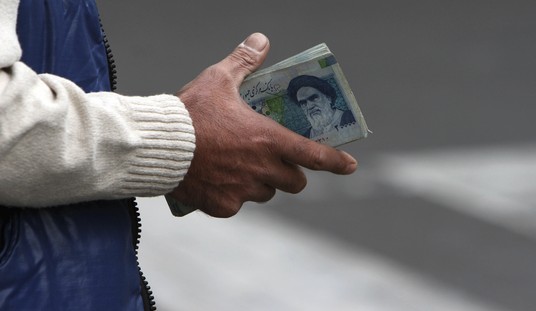By this point, I’m sure you’ve all heard the various horror stories about mail-in ballots going missing, being sent to the wrong homes, getting set on fire, tossed into dumpsters and all the rest. Why? Because there are so many of them as compared to a “normal” election year. But are there really? This rather odd story from the Associated Press quotes some figures that don’t seem to line up with the hype. The focus of the article is the large number of ballots that were sent out but have yet to be returned. Underlying those bits of data, however, are the total numbers that have been received and processed thus far. And it’s really not that many more than four years ago at this point.
Just days before the presidential election, millions of mail ballots have yet to be returned in key battleground states, and election officials warn that time is running out for voters who want to avoid a polling place on Election Day.
At least 35 million mail ballots had been returned or accepted as of early Wednesday, according to data collected by The Associated Press. That surpasses the 33.3 million total mail ballots returned during the 2016 election, according to the U.S. Election Assistance Commission.
Yet an estimated 1.9 million ballots were still outstanding in Florida, along with 962,000 in Nevada, 850,000 in Michigan and 1 million in Pennsylvania. In most states, the deadline for ballots to be received is Election Day.
If these figures are accurate, there have been less than two million more mail-in ballots received this year than in 2016. Granted, two million isn’t a small number, but in a country of roughly 250 million eligible, voting-age people where more than half of them voted in 2016, it’s not that big of a figure. Since I hadn’t bothered to look up the numbers before now, I was honestly a bit surprised that there were 33 million absentee ballots in 2016. That’s basically a quarter of the vote.
Of course, if we’re at 35 million as of Wednesday, more will no doubt be coming in during the final six days, so perhaps we will be seeing a real surge. If the figures reach 45 million or so, that will be a fairly spectacular change.
As to the states with all of the “missing” ballots that were sent out, our previous reporting should give us a few hints as to what’s going on here. Certainly, some percentage of them represent people who waited until this week to send them in, though there’s no way of knowing how many. But in the nine states that sent ballots to everyone, most of those states don’t have clean voter rolls so a lot of the ballots went to incorrect addresses. That likely accounts for a chunk of them.
The relatively high number in Nevada probably has a different explanation. 962,000 ballots haven’t been returned. In 2016, there were roughly 1.1 million ballots cast. Of those, only around 78,000 were either mail-in or absentee ballots. But this year Nevada was one of the nine states I mentioned above that mailed a ballot to everyone. It’s not difficult to imagine that the lion’s share of voters there didn’t actually want a mail-in ballot and still plan to vote in person.
It’s harder to say what happened to the nearly four million “missing” ballots in Florida, Michigan, and Pennsylvania. I assume those ballots were all requested and therefore sent to the correct address. But not everyone plans to send in their ballots using the United States Postal Service. Many states are setting up drop boxes where people can put them in the bin themselves rather than relying on their postal carrier to get the job done correctly and on time. It’s a fair guess that quite a few of those will be showing up this week in that fashion.








Join the conversation as a VIP Member